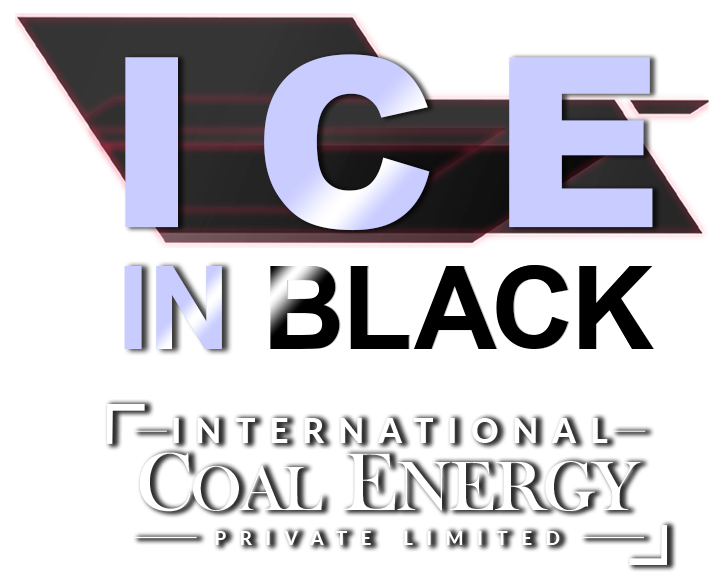- +65 6276 6048
- info@ice-coalenergy.sg
- 94 Kaki Bukit Industrial Terrace, Singapore 416172
Indonesian Resources
Indonesia is one of the world’s largest coal-exporting countries, and as a result, ICE has established long-term operational networks in Indonesia.


At the same time, ICE has also collaborated with Chinese overseas state-owned enterprises to establish a complete industrial chain in Kalimantan. This includes joint mine development, operating multiple storage facilities and ports, as well as a comprehensive logistics system to transport goods to different ports, ensuring a steady supply of high-quality coal resources.
Kalimantan Island Port
ICE has numerous long-term and stable partnerships in Indonesia, collaborating with Chinese overseas state-owned enterprises to develop mines locally. We operate multiple storage facilities and ports in Kalimantan Island, ensuring the long-term and stable supply of high-quality coal resources.


Efficient Supply Organization
ICE’s industrial layout enables us to achieve an efficient supply organization, ensuring reliability and quality of supply. This ensures that we can provide stable, long-term, high-quality coal supply.
ICE’s strategic positioning allows the company to effectively organize and integrate the industry chain, ensuring the reliability and high quality of coal production.
The coal resources in the Kalimantan region mainly consist of high calorific value coal and low-sulfur coal, which are highly sought after in the international market due to their high calorific value, low ash content, and minimal sulfur content. Kalimantan Island’s coal resources include lignite and bituminous coal, each with their unique characteristics in terms of composition and functions.


Lignite, characterized by higher moisture content and lower calorific value, is suitable for power generation and heating purposes. Specifically, its primary components include carbon, hydrogen, oxygen, nitrogen, and trace amounts of sulfur.
Typically, lignite contains a carbon content ranging from 35% to 70%, hydrogen content between 3% and 7%, nitrogen content between 1% and 2%, and sulfur content between 0.5% and 1%
Additionally, lignite usually has a higher ash content, typically ranging from 15% to 40%. In terms of calorific value, lignite generally ranges between 10-25 megajoules per kilogram.
Due to its abundant reserves and low cost, lignite is particularly suitable for power generation and heating, making it widely utilized in industrial applications, especially in power plants and combined heat and power generation.


In contrast, bituminous coal primarily consists of carbon, with trace amounts of hydrogen, oxygen, and nitrogen. Bituminous coal typically exhibits higher calorific value and lower ash content, making it suitable for metal smelting, industrial heating, and production processes.
Specifically, bituminous coal typically contains a carbon content ranging from 78% to 90%, hydrogen content between 3% and 5%, oxygen content between 3% and 13%, and nitrogen content usually below 2%.
Additionally, bituminous coal generally has a lower ash content, typically ranging from 8% to 20%.
Overall, bituminous coal, due to its high calorific value and lower ash content, is suitable for areas such as metal smelting, industrial heating, and production processes.


These coal resources play a significant role in heating, power generation, smelting, and industrial production, making important contributions to the regional and global economic development.
By utilizing these resources effectively and advocating for sustainable mining and utilization practices, we can ensure the continuity of these resources while maximizing economic growth and environmental protection.
